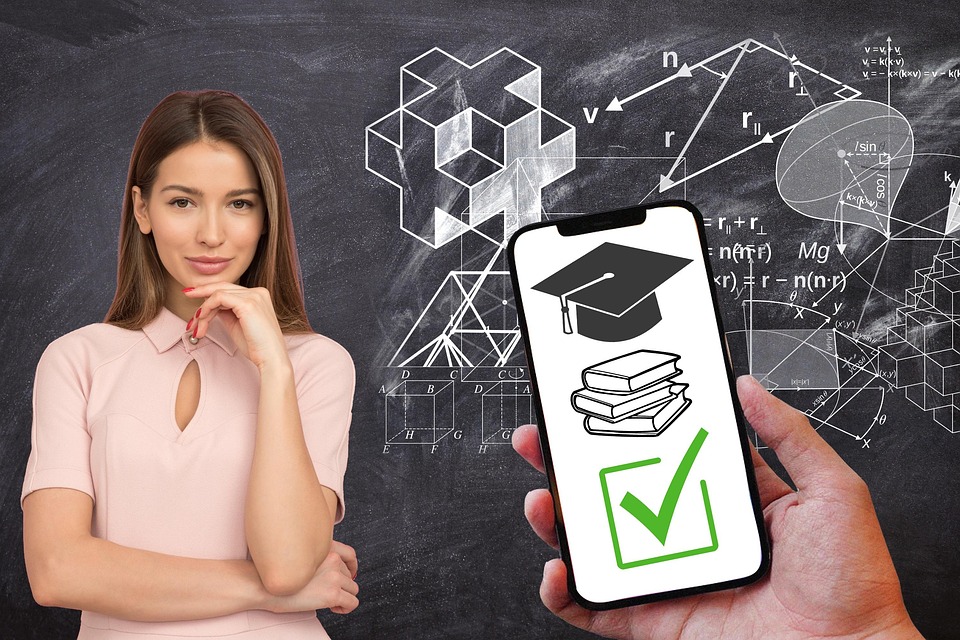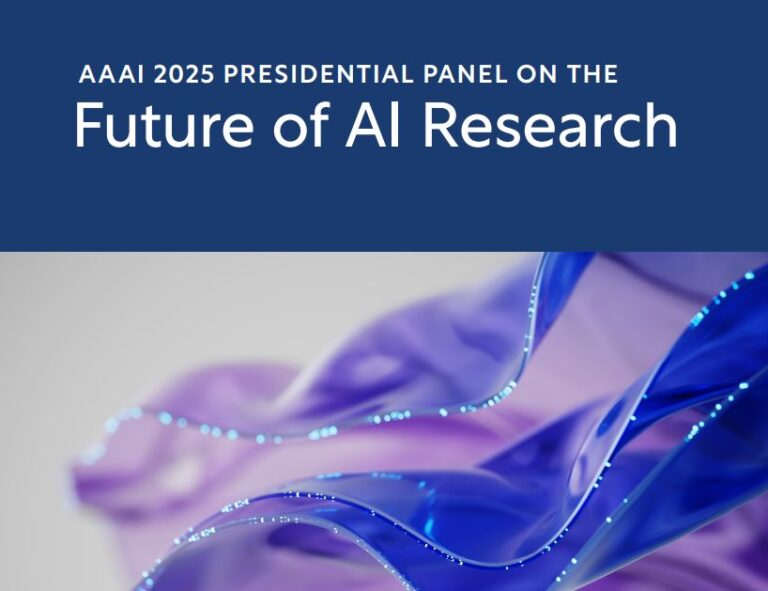AI Tools for Improving Online Learning Experiences
The rapid evolution of technology has transformed education, making online learning a cornerstone of modern academic and professional development. However, the shift to digital classrooms has also exposed challenges such as limited personalization, engagement gaps, and accessibility barriers. Artificial Intelligence (AI) is emerging as a powerful solution to these issues, revolutionizing how students learn and educators teach. From adaptive learning platforms to intelligent tutoring systems, AI tools are redefining the online education landscape, making it more efficient, inclusive, and effective.
Personalized Learning Experiences
One of the most significant contributions of AI to online learning is its ability to offer personalized education. Traditional one-size-fits-all teaching methods often leave students struggling to keep up or feeling bored. AI-driven platforms analyze individual learning patterns, strengths, and weaknesses to tailor content and pacing. For instance, tools like Khan Academy’s AI-powered recommendations or Duolingo’s adaptive language learning use machine learning algorithms to adjust difficulty levels and suggest targeted exercises. This ensures that each learner receives a customized path, maximizing their potential and reducing frustration.
Personalized learning also extends to real-time feedback. AI can assess student performance instantly, identifying areas where they need additional support. Platforms such as Carnegie Learning and Smart Sparrow use AI to provide immediate, actionable insights, enabling students to correct mistakes as they happen and reinforcing concepts more effectively.
Interactive and Immersive Tools
AI is enhancing engagement through interactive and immersive technologies. Virtual assistants like IBM Watson Tutor or Squirrel AI act as 24/7 support systems, answering questions, explaining complex topics, and even simulating one-on-one conversations. These tools make learning more dynamic and reduce the reliance on human instructors for basic queries.
Moreover, AI is powering gamified learning experiences. Tools like Engage or Quizlet’s AI features incorporate elements of game design, such as quizzes, rewards, and progress tracking, to keep students motivated. Augmented Reality (AR) and Virtual Reality (VR), enhanced by AI, are also being used to create virtual labs, historical simulations, and interactive scenarios. For example, zSpace and Google’s Expeditions allow students to explore 3D models or virtual environments, making abstract concepts tangible and fostering deeper understanding.
Enhancing Accessibility and Inclusivity
AI is breaking down barriers for learners with diverse needs. Natural Language Processing (NLP) enables real-time language translation, allowing non-native speakers to access content in their preferred language. Tools like Microsoft Translator or Google Translate integrated into online platforms are making education more inclusive globally.
For students with disabilities, AI offers transformative support. Speech-to-text and text-to-speech technologies, powered by AI, assist those with visual or auditory impairments. Platforms like Khan Academy and Coursera now include AI-generated captions and transcripts, ensuring equal access. Additionally, AI can detect learning difficulties early, such as dyslexia or attention deficits, and adapt content to suit individual needs, promoting a more inclusive environment.
Automated Grading and Administrative Efficiency
Educators often struggle with the administrative burden of grading and course management. AI tools like Turnitin and Gradescope automate grading for essays, multiple-choice questions, and even coding assignments, freeing up time for instructors to focus on teaching. Beyond grading, AI streamlines administrative tasks such as scheduling, attendance tracking, and even predicting student dropout risks through data analysis. This not only reduces workload but also ensures consistent and objective evaluation.
Challenges and Considerations
While AI offers immense potential, challenges remain. Data privacy concerns arise as platforms collect vast amounts of student information. Ensuring transparency and security is critical to building trust. Additionally, over-reliance on AI could diminish the role of human educators, who provide empathy, mentorship, and nuanced guidance. Striking a balance between AI efficiency and human interaction is essential.
The digital divide also poses a problem. Not all students have equal access to high-speed internet or devices capable of running AI-driven tools, potentially exacerbating educational inequalities. Policymakers and institutions must address these gaps to ensure equitable benefits.
The Future of AI in Education
Looking ahead, AI is expected to become even more integrated into online learning. Advances in generative AI could lead to AI-created content, such as personalized study materials or interactive case studies. Predictive analytics might help educators anticipate student struggles and intervene proactively. Furthermore, AI could foster collaborative learning environments by matching students with peers based on interests or skill levels, enhancing group projects and discussions.
As AI continues to evolve, its role in education will likely expand. However, successful implementation requires careful consideration of ethical implications, ongoing teacher training, and a commitment to inclusivity.
Conclusion
AI tools are not just enhancing online learning—they are reshaping it. By personalizing education, making it more interactive, and breaking down accessibility barriers, AI empowers students and educators alike. While challenges persist, the future of online learning lies in leveraging these tools thoughtfully to create a more equitable, engaging, and effective educational experience. As technology advances, the synergy between AI and human instruction will be key to unlocking its full potential.







